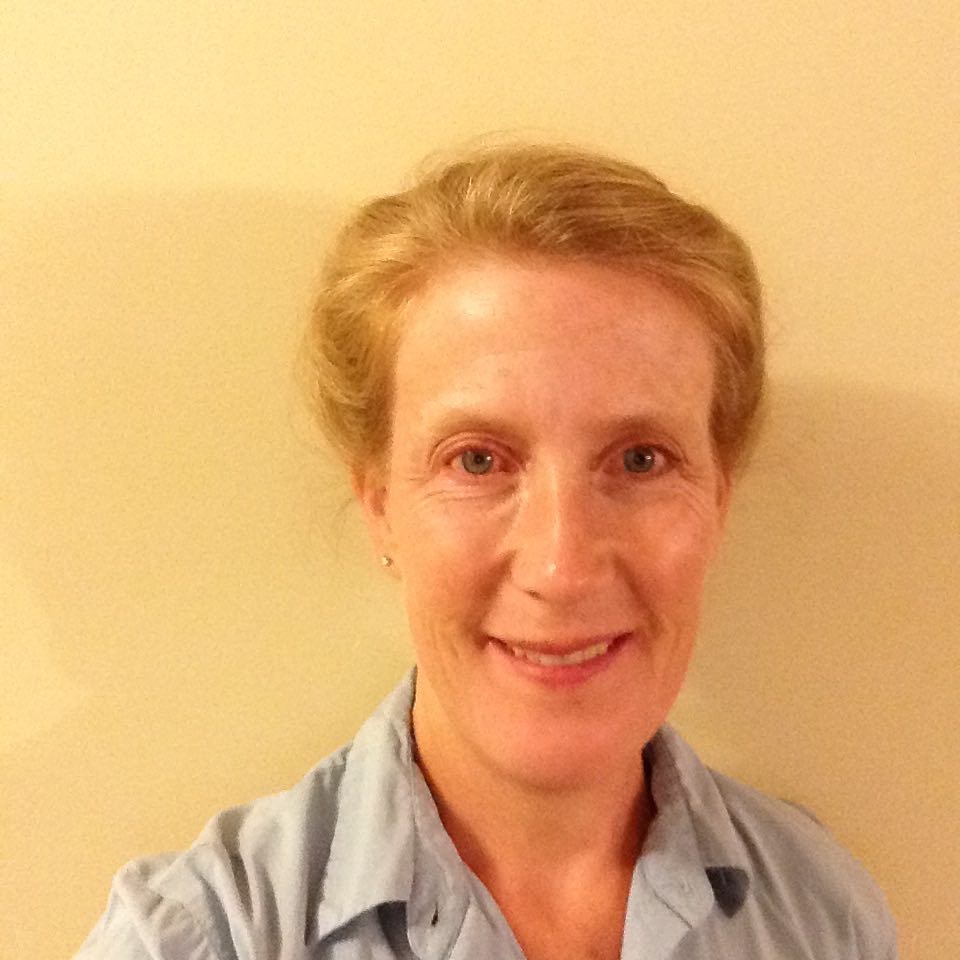Single-Shot Thermoacoustic Measurements During Conventional Delivery – Pristine VS. Planned
S Patch1*, Y Hao2, T Zhao3, (1) Acoustic Range Estimates, Chicago, IL, (2) Washington University School of Medicine, St. Louis, MO, (3) Washington University School of Medicine, St. Louis, MO
Presentations
WE-C1000-IePD-F3-3 (Wednesday, 7/13/2022) 10:00 AM - 10:30 AM [Eastern Time (GMT-4)]
Exhibit Hall | Forum 3
Purpose: To determine feasibility of thermoacoustic range verification during conventional delivery by Mevion Hyperscan systems, which rotate the synchrocyclotron accelerator within 2 meters of the patient and deliver 750 pulses per second.
Methods: Mevion Hyperscan S250i delivered pristine pulses at each energy utilized by a 2-field plan that delivered 3 Gy to the left kidney in the CIRS 057a multi-modality anthropomorphic phantom made of hydrogels (Fig. 1a-e). A photomultiplier tube (PMT) assembly with plastic scintillator and 4-channel thermoacoustic prototype captured nuclear and thermoacoustic emissions (TAE), respectively (Fig. 2a-b). Both pristine and planned beam were delivered with a 1.3 ms (=1/750 Hz) pulse period-. PMT pulses were centered via Fourier shift and thermoacoustic signals were shifted accordingly. Area under curve (AUC) of each pulse was computed.
Results: Strongest TAE were detected from Field A (utilizing a 180° gantry angle) with prototype positioned distal to the Bragg peak. Averaging 50 TAE generated by pristine beam show arrival times from the Bragg peak shifted with beam energy, whereas TAE from the beam entry point into the target were consistent across all energies (Fig. 1f). Single-shot TAE corresponding to strong nuclear emissions (AUC> μ+σ) were correlated (Fig. 2c-d), despite variations in nuclear emissions (Fig. 2e-f). Fig. 2e highlights variable ramp-up of pristine pulses, sampled at 10 MSPS. Fig. 2f is sampled at only 1 MSPS, which failed to capture variations during planned delivery.
Conclusion: Close proximity of the Hyperscan’s accelerator does not cause overwhelming electromagnetic noise. Acoustic reverberations during pristine and planned delivery should have been comparable. Shifting to align PMT ramp-up might improve coherence of TA signals and requires sampling faster than 1 MSPS, so clinical systems will require a fast data acquisition board.
Funding Support, Disclosures, and Conflict of Interest: Dr. Patch was funded in part by NIH SBIR award #R43CA243764. Drs. Zhao and Hao funded by Washington University department of Radiation Oncology, which also provided beam time.
Keywords
Thermoacoustics, Protons, Quality Assurance
Taxonomy
Contact Email



